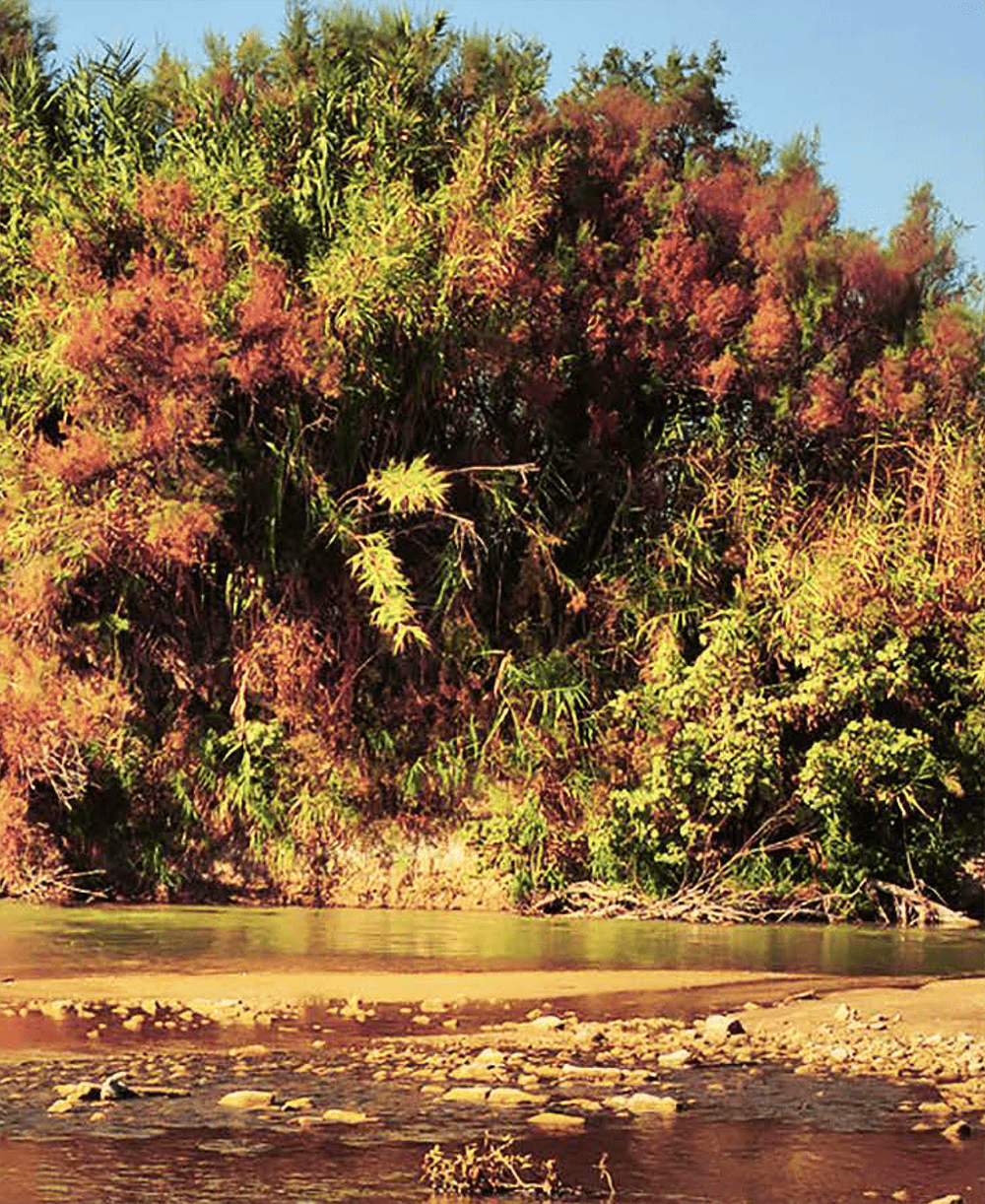
ENVIRONMENTAL SACRIFICE ZONES
Industrial growth, mining extractivism, fracking, or intensified land use have begun to create their own mark in various regions of the planet, rich in natural resources. This new hallmark is called Environmental Sacrifice Zones...
ISSUE 128 | 2024
ENERGÍABolivia
Environmental Sacrifice Zones (ESZ) are a sign of the 20th and 21st centuries and are beginning to appear in various regions of the planet as a result of industrial growth, mining extractivism, or intensified land use, according to the document The Socio-Environmental State of Bolivia 2023, prepared by the League for the Defense of the Environment (Lidema) and the Observatory of the Escazú Agreement-Bolivia.
The document indicates that in Bolivia, nine Environmental Sacrifice Zones have been identified at the moment, some with a secular record of accumulated contamination and an extraordinary burden of accumulated mining contamination, such as the Pilcomayo River basin and the lacustrine basin of Lake Poopó.
"Another ESZ is the basin of the Mapiri-Kaka rivers, devastated by gold exploration, as well as the Suches Lagoon and its surroundings of peat bogs in the protected area of Apolobamba; also the Cohana Bays in Lake Titicaca polluted by immense domestic and industrial contamination from the metropolitan area of El Alto," it highlights.
It adds that another ESZ is found in the lowlands, the extensive agro-industrial region to the east and north of Santa Cruz, where the Guarayo Chiquitano forest was clear-cut for soy monocultures, using huge volumes of agrochemicals.
RISKS FOR THE COMING YEARS
"Unfortunately, there is a high risk that in the coming years several new ESZs may appear in the country or that existing ones may expand, especially due to the impact of gold mining, fracking, large-scale cultivation of African palm, or the construction of hydroelectric mega-dams," it maintains.
It adds that ESZs are characterized by large-scale devastation of ecosystems and biodiversity with irreversible ecological damage; total loss of ecosystem functions and services, and livelihoods of local populations, which implies loss of food security. In general, it indicates, this scenario is compounded by serious health effects and the prevalence of chronic conditions, resulting in areas expelling local indigenous and peasant populations, or populations living in poor conditions and high food and health insecurity.
In this context, it refers to ecosystems losing their resilience capacity and their potential for restoration. "They are generally areas abandoned by the State, with a lack of control, monitoring, remediation, and mitigation actions for socio-environmental impacts. As environmental conditions worsen, the exercise of any state protection and restoration measure becomes even more difficult. It can be assumed that ESZs are a clear indicator of the development model with a very high environmental cost prevailing in Bolivia," it emphasizes.
CRITICAL ENVIRONMENTAL STATE
The document indicates that under these conditions, Bolivia's environmental and socio-environmental state as of 2023 was already critical and trending towards worsening. It ensures that environmental issues have multiplied to such an extent, and every day more information accumulates about new situations or the exacerbation of previous problems, making it very difficult to express them in even moderately detailed documents of less than 200 pages.

“... environmental issues have multiplied to such an extent, and each day more information about new situations is accumulating...”
“The above contrasts with the speeches of high-ranking state dignitaries in international forums, which tend to minimize environmental issues, conceal serious problems such as accelerated deforestation, and present a socio-environmental scenario completely opposite to what we are actually experiencing, with the aggravating factor of proposing ludicrous alternatives," the document asserts.
It states that considering the total surface area of the country and in a very general way, although based on rigorous cartographic and satellite analyses, approximately 30% located in highlands and dry valleys show strong soil and vegetation degradation with scarce dispersed natural remnants. Along this line, it maintains that 30% of the surface area of ecosystems in lowlands, mostly in Santa Cruz, although adding smaller areas of pre-Andean Amazonian zones of Cochabamba, La Paz, and Beni, and parts of Pando and the northern Beni, present strong processes of degradation and devastation of ecosystems.
“In this 60% in poor environmental condition, the country's cities are located, including large, medium, and even intermediate ones. Forty percent of Bolivian territory has ecosystems in good conservation condition, mostly within protected areas, and in hard-to-reach areas such as Northern La Paz or the northern Beni, but this 40% is heavily threatened by various pressure agents, such as increasing deforestation, mega-mining, mega-dams, or the expansion of agribusiness and livestock," it specifies.
THREAT
It asserts that if environmental pressures continue at the current rate without socio-environmental precautions or effective control and regulation mechanisms, the 40% of land in good environmental condition that Bolivia still has will become part of lands undergoing increasing environmental degradation processes.
According to the document, this critical environmental situation stems from a common denominator, which is the current modality and vision of development, entirely productivist with a short-term vision, oriented towards primary extractivism, and lacking long-term sustainability visions. In a more concise manner, it claims that this adverse situation is due to a lack of political will to address environmental issues and an express intention not to recognize environmental problems, compounded by the absence of important regulations, non-compliance with the Constitution and norms in general, chronic institutional weakness, leading to omissions and deficiencies.

“This adverse situation stems from a lack of political will to address environmental issues and the explicit intention not to recognize environmental problems.”











